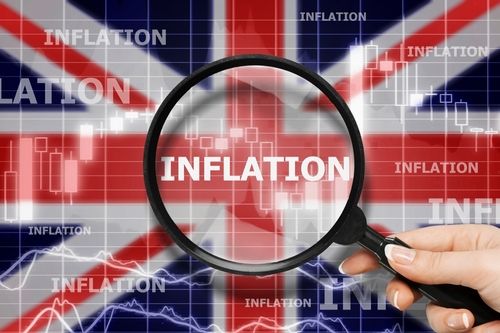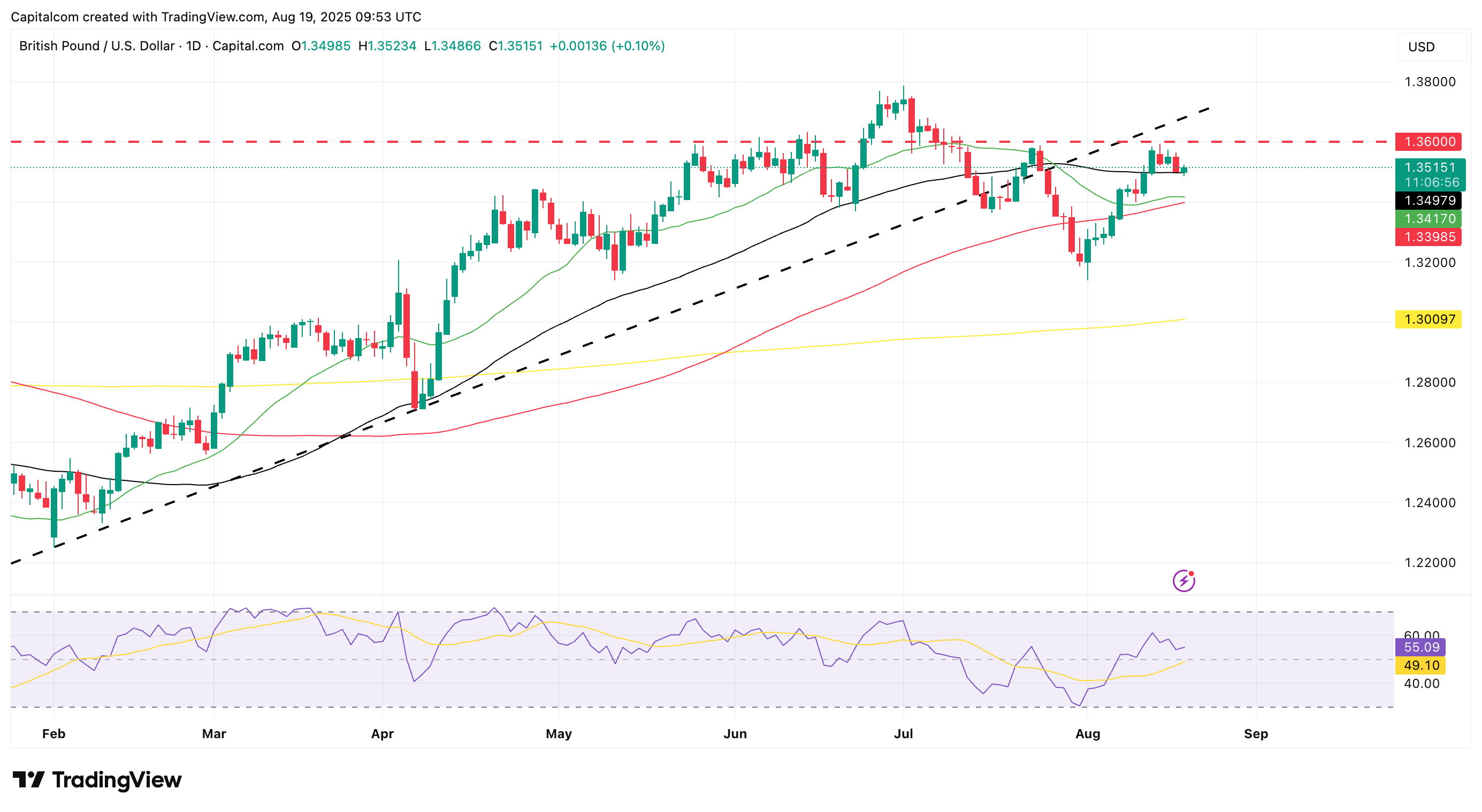UK CPI Preview: Inflation, Rate Cuts, and the Pound’s Path Forward
UK inflation in focus as markets try to determine how many more rate cuts from the BOE will be delivered this year
The UK Consumer Price Index (CPI) will be releases on Wednesday, and reading could offer critical insight into the trajectory of inflation and its wider implications for the UK economy and monetary policy.
What to expect from the CPI data
June's CPI headline figure came in at 3.6%, but forecasts now suggest a modest rise to between 3.7% and 3.8%. However, some market participants are bracing for a more pronounced increase, potentially as high as 4%. If that upper bound is reached, it could significantly influence sentiment and policy outlook.
As always, services inflation remains a key metric to watch. This sector has persistently contributed to inflationary pressure in the UK. Seasonal elements—particularly in the summer—also tend to affect inflation readings. Higher travel and leisure demand during these months typically drives up prices in sectors like hotels and flights. Should this CPI uptick be attributable mainly to such seasonal factors, markets may be more forgiving. Nonetheless, the broader trend suggests a landscape of hotter prices, complicating the Bank of England's policy path.
The Bank of England’s balancing act
The UK's economic backdrop is nuanced. While recent growth data has marginally outperformed expectations, it remains weaker than in other regions like the United States. This contrast places the Bank of England (BoE) in a tight spot—caught between containing inflation and supporting lacklustre growth.
Compared to the European Central Bank (ECB), which has been more aggressive with its rate cuts, the BoE has opted for a more cautious strategy, generally delivering one cut per quarter and rigorously justifying each decision. The persistence of high domestic inflation, especially in services, and tepid growth hints at the possibility of stagflation.
Adding to the complexity is the recent voting split within the Monetary Policy Committee (MPC), which had to conduct a second round of voting—highlighting internal divisions and deep uncertainty about the future direction of interest rates. Notably, the market currently prices in fewer rate cuts from the BoE compared to the U.S. Federal Reserve for the rest of the year.
Implications for the Pound
GBP/USD’s recent performance has been shaped largely by movements in the U.S. dollar. A period of dollar strength led to a noticeable drop in the pound in late July and early August. However, as that momentum faded, sterling began to recover.
In the coming months, whether the pair continues its upward trend will depend largely on expectations surrounding U.S. dollar weakness and UK fundamentals. If the U.S. dollar continues to decline, and UK inflation data supports a more hawkish BoE, the pound could gain further ground.
That said, any upside in the pound may be more limited than in previous cycles. A sustained rally would require more than just a weaker dollar—it would need evidence of improving UK fundamentals, particularly in growth, and signs that inflation is easing in a way that doesn’t undermine monetary credibility.
GBP/USD daily chart

(Past performance is not a reliable indicator of future results)
In the short term, the 1.36 level remains a significant resistance point for GBP/USD. If broken, attention will shift to the 1.38 level, which marked a high earlier in July. A move beyond 1.40 would suggest the pound is entering overvalued territory under current conditions.
Besides GBP/USD, traders should also monitor GBP/JPY and EUR/GBP, two other important crosses for sterling. Given the dollar's dominant influence on cable, these pairs may offer a clearer view of how sterling is performing independently of U.S. monetary dynamics.
While the base case for the rest of the year favours a relatively strong pound, this outlook hinges on a delicate interplay of factors: the trajectory of U.S. dollar weakness, UK inflation trends, and the BoE’s ability to maintain credibility without stifling growth. Any shift in these factors could rapidly reverse sentiment and market direction.
As the UK CPI print approaches, traders and policymakers alike will be watching closely. The stakes are high—not just for inflation, but for the broader economic narrative and sterling's performance in global markets.